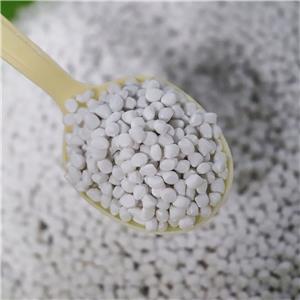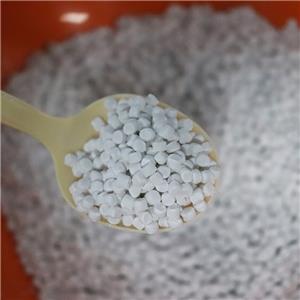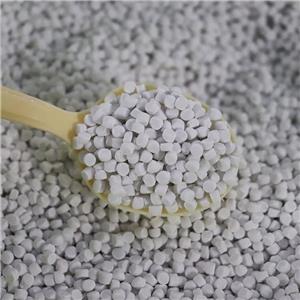Application status of talc powder in coatings
In recent years, due to the production of more fine-grade talc grinding equipment, talc powder has smoothly entered the application of water-based coating systems, and is currently used in a variety of priming, intermediate coating, road marking paint, industrial paint, as well as internal and external architectural coating, due to the soft texture of talc powder, good dispersion, suspension, in the coating industry filling material occupies a large proportion.
① The sheet structure of talc powder has excellent brushing property, fluidity and smoothness of the coating film, water resistance and non-penetration of enamel beads, mainly used for primer and intermediate coatings, such as steel structure primer can be used in whole or in part with talc powder, which can improve the precipitation of the coating system, the mechanical force of the coating film and recoating property; When used in anticorrosive coatings, the protective effect of coatings can be improved because the diffusion path of corrosive substances is prolonged.
② The fibrous talc powder particles are longer, the oil absorption is higher, and has good rheology, and can improve many properties of the paint, such as the anti-settlement of the paint in storage and the flow hanging of the paint during brushing, and improve the construction performance of the paint.
Mainly used in plastics, cables, ink, papermaking and coatings, applied in plastics can increase the transparency and strength of granulation, applied in papermaking can improve the gloss and inking of paper, especially suitable for PU, PE, UV, NC paint, coatings to increase the transparency of primer, recoating, improve the filling amount, reduce costs, Improve the appearance of the product, improve the solid content of the primer and sanding properties.
Coating industry talc is divided into various grades of products according to particle size, such as ordinary particle size talc (325 mesh), fine grade (20um and 10um) talc, ultra-fine talc (5um), nano and chemically modified talc, etc., are suitable for a variety of specific product uses and application purposes.
The coarser grade of talc is used in some paint films that require roughness, such as interior wall primer intermediate layer and speckle paint; Ultrafine talc powder is used to control the gloss, consistency and flow of semi-gloss enamel and other coatings. In addition to improving the film performance, micrograde and ultra-fine grade talc powder also has the ability of spatial separation, which can partially replace TiO2 pigments. The chemically modified talc can also partially replace the TiO2 pigment, while improving the viscosity of the coating and reducing the difficulty of construction.
One disadvantage of talc powder is that the oil absorption is high, so in the case of low oil absorption, it must be combined with a low oil absorption filler, such as barite powder. In addition, the wear resistance of talc powder is not high, and other fillers should be added to make up for the need for high wear resistance. Talc containing other non-metallic minerals, because the impurity minerals are easy to react with acids (such as acid rain), it is not suitable for external coatings requiring high weather resistance. Industrial talc powder due to containing colored impurities and whiteness decline, so the filler color brightness requirements are very high occasions, generally do not use talc as a filler. Talc has matting properties, so it is generally not used in high-gloss coatings.
In summary, different fillers have their own different performance, characteristics and applications, in the paint, it is impossible to use a certain filler unchanged, and it is impossible to meet the requirements of full satisfaction. In the application, according to different formulations, costs and customer needs, and then according to local conditions, choose the filler more suitable for the product, and then production and processing, and manufacture coating products that meet customer and market demand.




